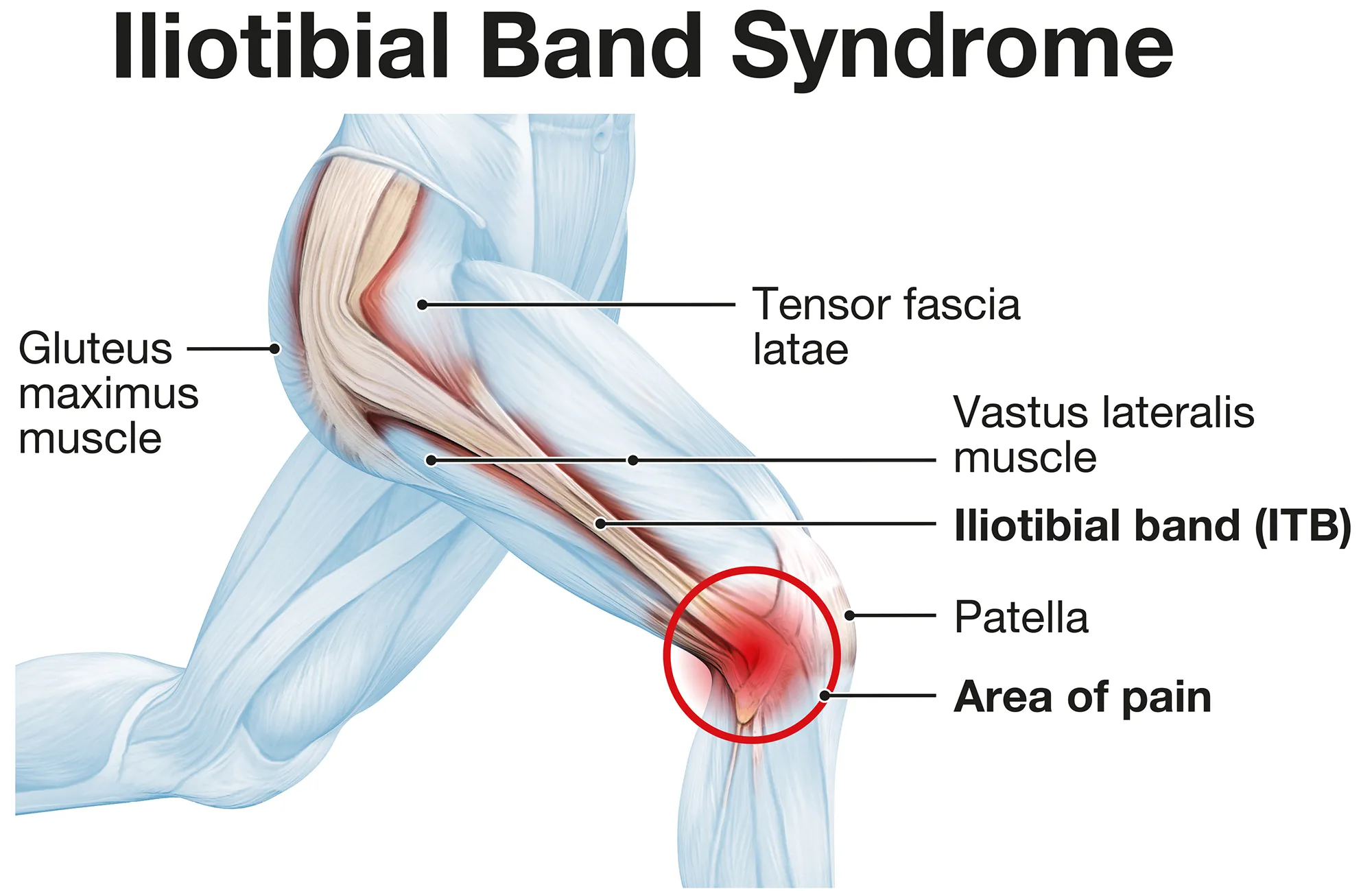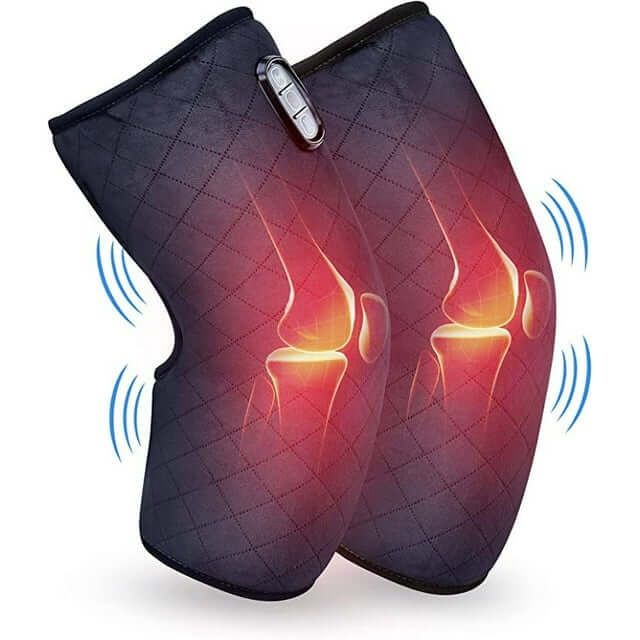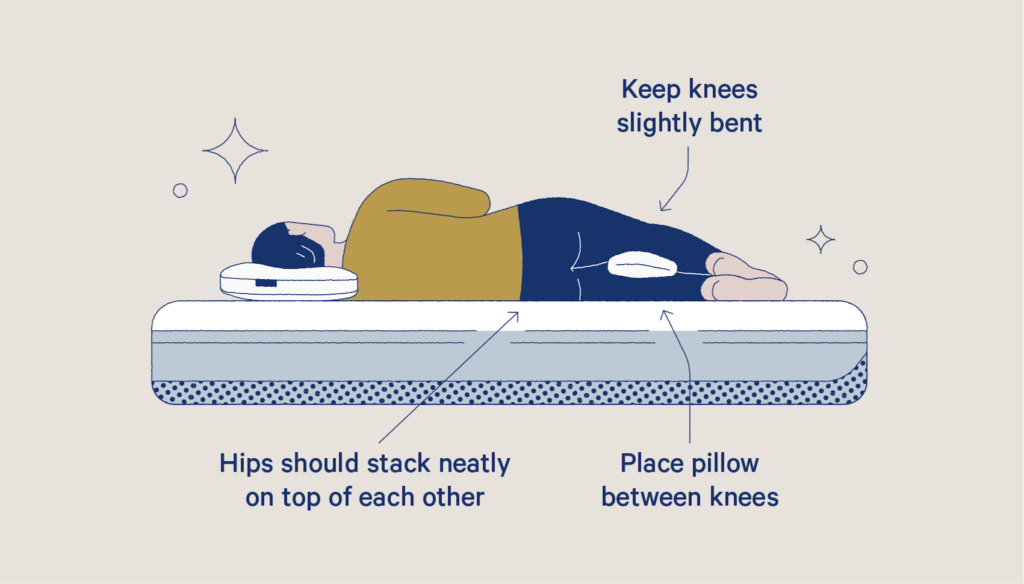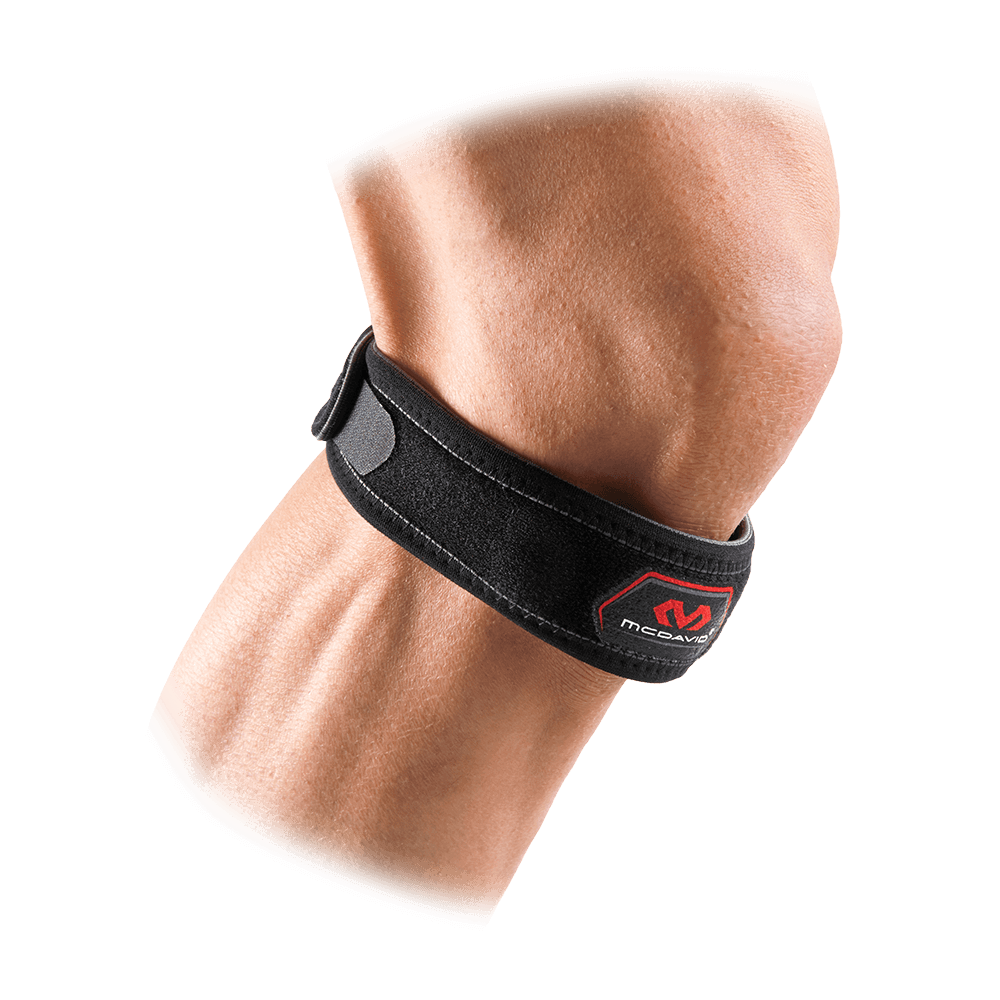Are you an avid hiker who has been struggling with IT band syndrome? You’re not alone. IT band syndrome is a common overuse injury that affects many hikers and outdoor enthusiasts. But did you know that hiking can actually be a form of therapy for managing this condition? In this article, we’ll explore the benefits of hiking for IT band syndrome management and provide some tips for incorporating it into your routine.

What is IT Band Syndrome?
Before we dive into the benefits of hiking for IT band syndrome management, let’s first understand what this condition is. The iliotibial (IT) band is a thick band of tissue that runs along the outside of the thigh, from the hip to the knee. IT band syndrome occurs when this band becomes tight or inflamed, causing pain and discomfort on the outside of the knee.
IT band syndrome is a common overuse injury, often seen in runners and hikers who engage in repetitive movements that put strain on the IT band. Symptoms include pain on the outside of the knee, swelling, and a clicking or popping sensation. If left untreated, IT band syndrome can lead to more serious injuries, such as knee bursitis or patellofemoral pain syndrome.
IT Band Stretches and Exercises
If you’re experiencing symptoms of IT band syndrome, it’s important to incorporate stretches and exercises into your routine to help manage the condition. Some effective IT band stretches include:
- Standing IT band stretch: Stand with your feet shoulder-width apart and cross your affected leg behind your other leg. Lean to the side of your affected leg until you feel a stretch along the outside of your thigh. Hold for 30 seconds and repeat on the other side.
- Foam rolling: Lie on your side with a foam roller under your affected leg. Roll back and forth along the outside of your thigh, focusing on any tight or tender areas.
- Clamshells: Lie on your side with your knees bent and feet together. Keeping your feet together, lift your top knee as high as you can without rotating your hips. Lower back down and repeat for 10-15 reps on each side.
In addition to stretches, incorporating exercises that strengthen the muscles around the IT band can also help manage symptoms. Some effective exercises include:
- Side leg lifts: Lie on your side with your legs straight. Lift your top leg as high as you can without rotating your hips. Lower back down and repeat for 10-15 reps on each side.
- Squats: Stand with your feet shoulder-width apart and lower into a squat, keeping your knees behind your toes. Push back up to standing and repeat for 10-15 reps.
- Lunges: Stand with your feet hip-width apart and take a large step forward with one leg. Lower into a lunge, keeping your front knee behind your toes. Push back up to standing and repeat on the other side.
The Benefits of Hiking for IT Band Syndrome Management
Now that we understand what IT band syndrome is and how to manage it with stretches and exercises, let’s explore the benefits of hiking for this condition.
Low-Impact Exercise

One of the main benefits of hiking for IT band syndrome management is that it is a low-impact exercise. Unlike running or other high-impact activities, hiking puts less strain on the joints and muscles. This is especially beneficial for those with IT band syndrome, as it allows for a low-impact workout that won’t aggravate the condition.
Strengthening the Muscles Around the IT Band
Hiking is a great way to strengthen the muscles around the IT band, which can help alleviate symptoms of IT band syndrome. The uneven terrain and inclines of hiking trails require the use of different muscles, including the glutes, quads, and hamstrings. These muscles all play a role in supporting the IT band and keeping it from becoming tight or inflamed.
Improving Flexibility
In addition to strengthening the muscles around the IT band, hiking can also improve flexibility. The varied terrain and movements of hiking require the body to move in different ways, which can help improve overall flexibility. This can be especially beneficial for those with IT band syndrome, as tight muscles can contribute to the condition.
Mental Health Benefits

Hiking not only has physical benefits for managing IT band syndrome, but it also has mental health benefits. Spending time in nature has been shown to reduce stress, anxiety, and depression. This can be especially helpful for those dealing with the frustration and discomfort of IT band syndrome. Hiking can also provide a sense of accomplishment and boost self-esteem, which can be important for those struggling with an injury.
Tips for Incorporating Hiking into Your IT Band Syndrome Management Routine
Now that we understand the benefits of hiking for IT band syndrome management, here are some tips for incorporating it into your routine:
Start Slowly
If you’re new to hiking or have been dealing with IT band syndrome, it’s important to start slowly. Choose shorter, easier trails and gradually increase the distance and difficulty as your body adjusts. This will help prevent overexertion and potential injury.
Invest in Proper Gear

Investing in proper hiking gear can make a big difference in managing IT band syndrome. Make sure you have a good pair of hiking shoes with proper support and traction. Consider using hiking poles to help distribute weight and take pressure off your knees. And don’t forget to bring plenty of water and snacks to keep your body fueled and hydrated.
Listen to Your Body
As with any form of exercise, it’s important to listen to your body when hiking. If you start to feel pain or discomfort, take a break and stretch. If the pain persists, it may be time to turn back or choose a shorter route. Pushing through the pain can lead to further injury and setbacks in your IT band syndrome management.
Incorporate Stretches and Exercises
While hiking can be a great form of therapy for IT band syndrome, it’s important to continue incorporating stretches and exercises into your routine. Consider taking breaks during your hike to stretch or do some of the exercises mentioned earlier. This will help keep your muscles loose and prevent any potential flare-ups.
Conclusion
In conclusion, hiking can be a beneficial form of therapy for managing IT band syndrome. Its low-impact nature, ability to strengthen muscles, and mental health benefits make it an ideal activity for those dealing with this condition. By incorporating hiking into your routine and following these tips, you can continue to enjoy the great outdoors while managing your IT band syndrome.




